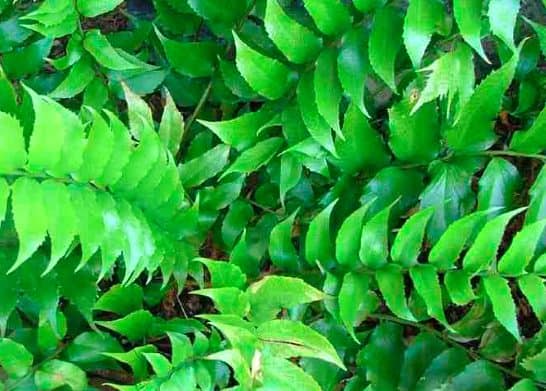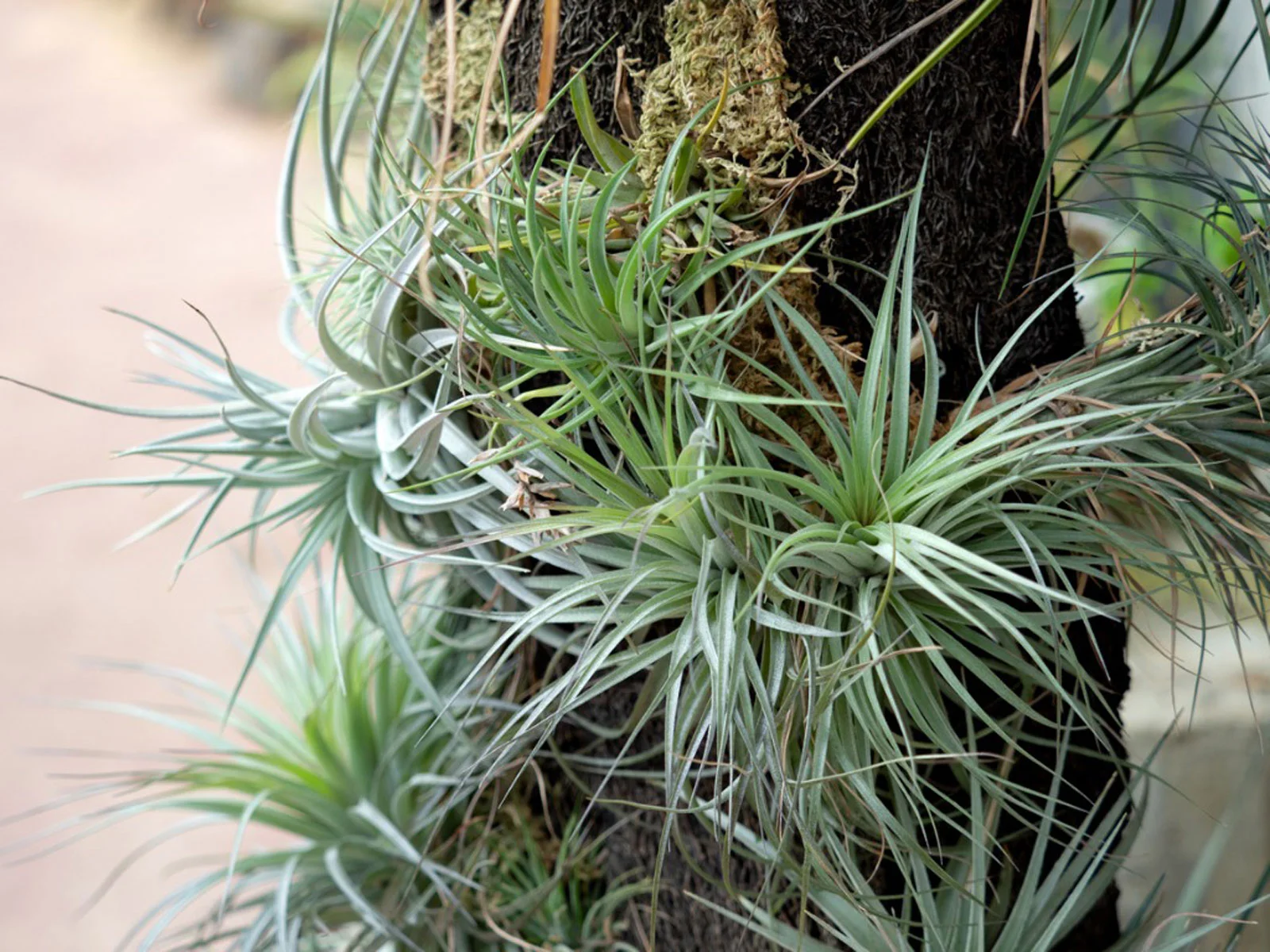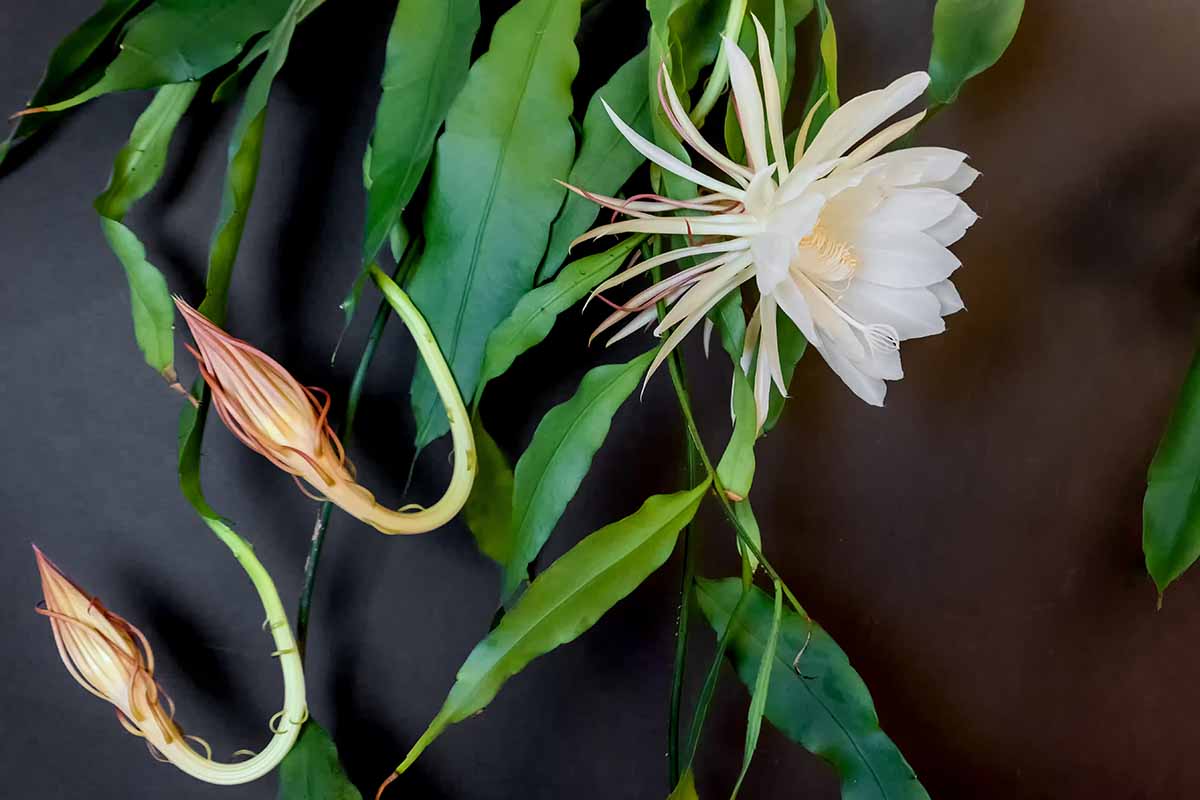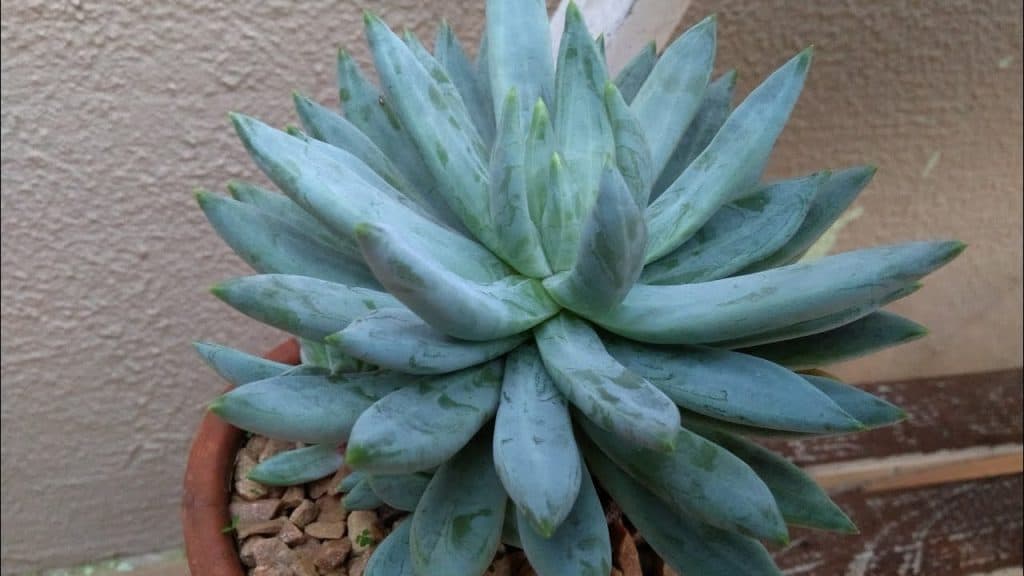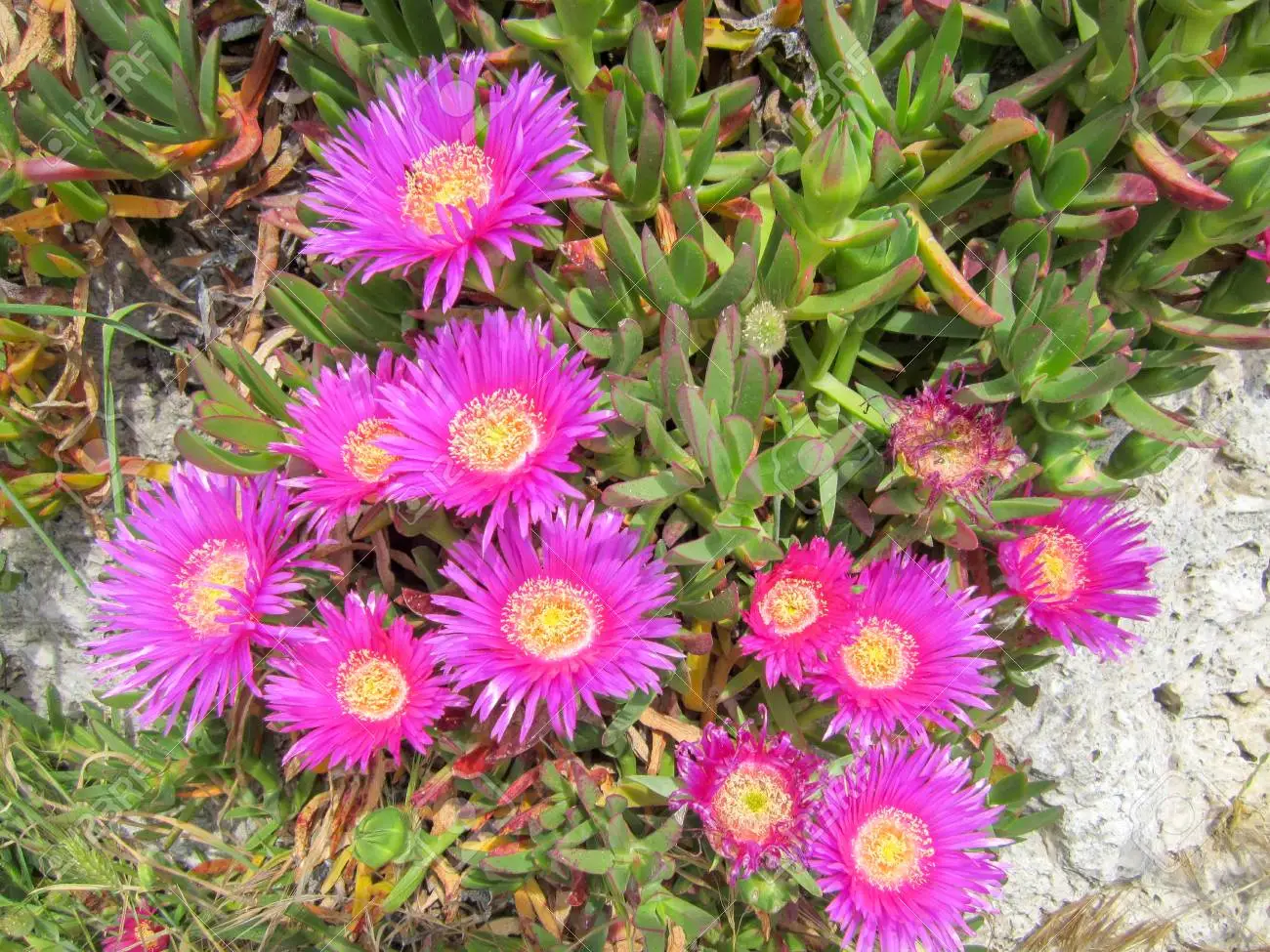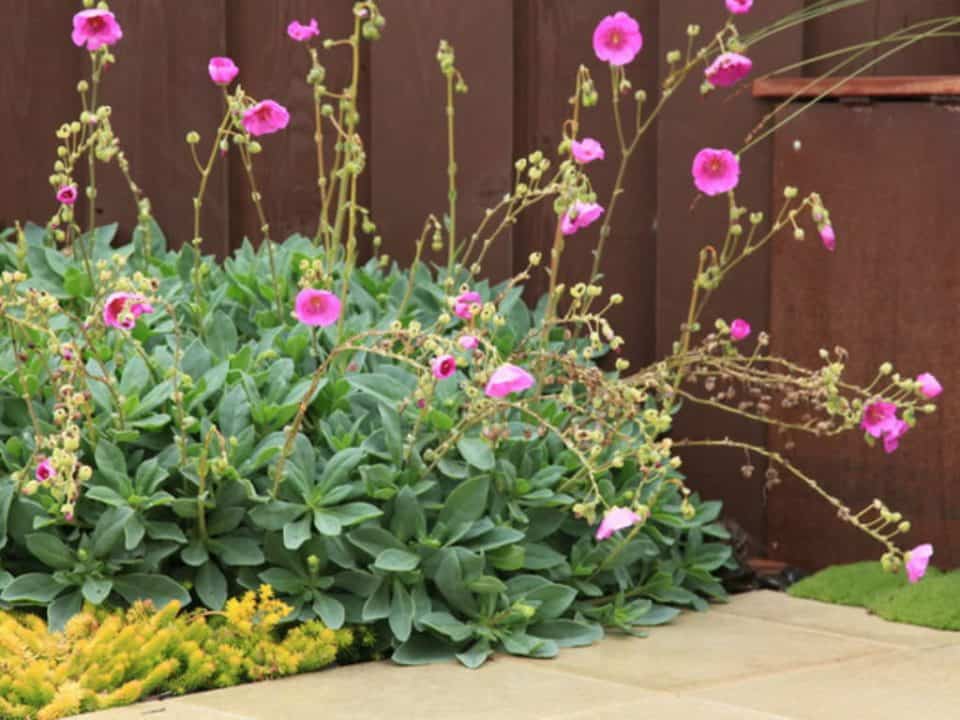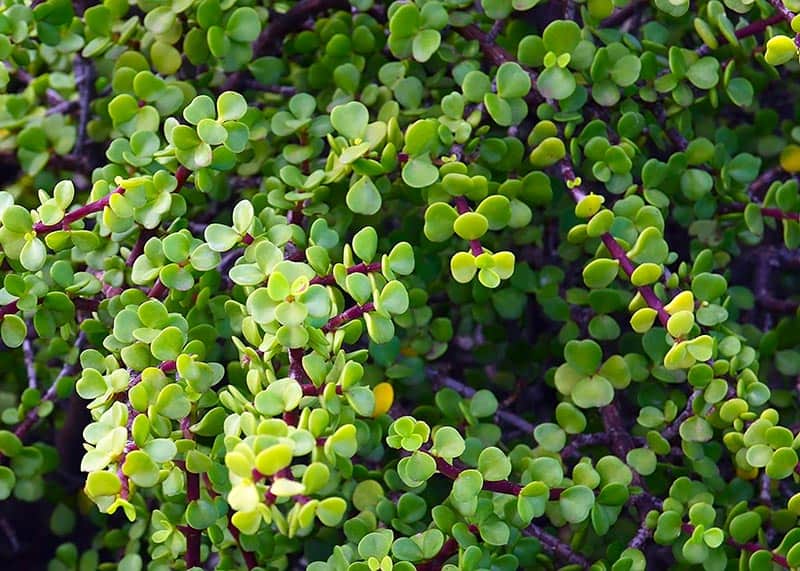Cyrtomium falcatum, commonly known as Japanese holly fern or house holly fern, is an evergreen fern native to eastern Asia, that ranges from 20 to 40 inches in height and 12-16 inches in width.
This species of fern grows best in moist, well-drained soil, with partial shade to full sun exposure, and can be easily propagated by division or spores.
To most people, the idea of growing plants indoors sounds like an impossibility. However, there are certain plants that thrive in small spaces, like the Japanese holly fern.
Cyrtomium falcatum’s hardiness makes it an excellent choice for beginners who want to grow their own greenery without worrying about it dying in their home or office space.
What makes Cyrtomium falcatum (Japanese holly fern) stand out from other ferns? Let’s take a look at what this hardy, versatile and beautiful plant has to offer!
Origin and distribution
Cyrtomium falcatum is native to Japan, China, and Taiwan. This plant is primarily a house holly fern due to its easy care and tolerance of indoor conditions. Plants are often sold with their roots in containers or wrapped in newspaper or moist sawdust for transport.
Cyrtomium falcatum can be easily distinguished from other ferns by its long, graceful feathery fronds that grow vertically from an upright main stem.
The plants are grown in hanging baskets or planters so they can cascade over edges and hang down. They also make excellent ground covers if planted en masse. The plants prefer full sun but will tolerate partial shade as well as low light levels indoors.
Cyrtomium falcatum propagation
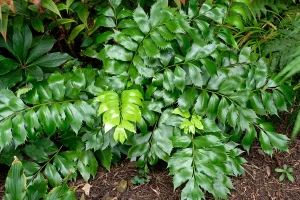
It is propagated by the division of its rhizomes, which are creeping, woody, and about 8 to 10 cm long. These are collected in winter and separated into segments about 5 cm long, with each segment containing a number of buds. These segments are then placed on a screen bed in a frame and covered with moist sphagnum moss.
The new plants start growing in spring and can be potted up when they have developed three or four fronds. Cyrtomium grows well either outdoors or undercover and makes an excellent house plant.
Cyrtomium falcatum care information
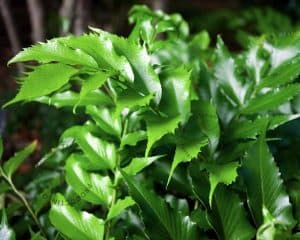
Japanese holly ferns care is easy, they are hardy in U.S. Department of Agriculture plant hardiness zones 8 to 10, but can survive year-round in many parts of zone 7 with adequate care.
They prefer medium-light conditions and moist soil to thrive, but dry conditions don’t usually kill them off. This house holly fern is a must-have for houseplant enthusiasts.
Similar to its close relative, Cyrtomium fortunei, it has glossy and strappy foliage that makes an attractive upright form. This evergreen grows at a moderate rate and is one of the coldest hardy ferns available today. It prefers bright light, well-drained soil with added organic matter, and thorough watering. Deadhead regularly to keep it looking tidy.
Light requirement
The plant prefers full sun to part shade. Japanese holly fern is one of those rare houseplants that actually thrives in full sun, so it’s perfect for a west- or south-facing window with plenty of direct sunlight. It also grows well under artificial lights, which makes it a suitable plant for growing indoors year-round.
Soil/potting mix
Unlike other types of ferns, Cyrtomium falcatum requires a specific soil mix or growing medium. The preferred mix is equal parts peat moss and perlite; however, if you don’t have access to these two components, you can substitute potting soil with vermiculite. If you want your fern to thrive over time, stick with an airy mix that drains well.
You should be able to purchase these ingredients at most garden centers, but if not, you can make them yourself. Keep in mind that it’s important for any container used for house holly-fern to drain properly. You don’t want standing water in any of your containers because it will rot your plants from within.
Watering
Japanese holly ferns need consistent moisture to survive. During its growing season, which occurs in late winter and spring, water your plant every seven to 10 days.
For optimal health, it’s recommended that you allow your plant to dry out a bit between waterings during its dormant season; watering it too much during dormancy can cause rot. A 1-2 inch layer of mulch around your plant can help conserve moisture while keeping weeds at bay.
Fertilizer
Fertilize cyrtomium falcatum once every 3 months from April to September. Fertilize in early spring with a slow-release fertilizer, then again in June and August. Choose a fertilizer high in phosphorus, but make sure it has some nitrogen as well.
Too much phosphorus on its own can turn your fern yellow; too much nitrogen can create excessive new growth that won’t harden properly for winter and could be killed by cold weather.
Temperature
Cyrtomium falcatum prefers warmer climates and should be protected from frost. If you’re growing it indoors, try to keep its temperature in at least a 15-30 ̊ range.
Otherwise, like most tropical plants, it can usually handle an average temperature of 60 ̊F or higher without issue. The best way to ensure that your Cyrtomium falcatum is getting enough sunlight and humidity is to keep it near a window with indirect sunlight for about 8 hours each day.
Humidity
Plants love humidity. The level of humidity that is ideal varies depending on what kind of plant you are trying to grow, but most plants will do well with a humidifier in your house. Humidity levels between 40% and 60% are recommended for most plants.
If you don’t have a humidifier, you can leave a small bowl of water near your plants as an alternative way to increase humidity levels in your home.
Pruning
The most common mistake made when pruning holly ferns is to remove too much of them. If you remove all or even most of a leaf on a frond, you may remove its ability to photosynthesize.
Cut back holly ferns that are excessively leggy but leave at least three-quarters of a leaf on each frond for photosynthesis. It is not recommended to do major pruning in late summer because new growth may be killed by frost before it has time to harden off.
When to repot
The best time to repot a Cyrtomium falcatum is in spring, although it can be repotted any time of the year. However, if your Japanese holly fern is in a large container, you should consider transplanting it only when it’s ready to divide. When a fern has grown out of its current container and begun forming new fronds from its base, you’ll know that it needs more space.
Dormancy
The problem with holly fern is that it’s not perennial, meaning it will die over winter unless kept indoors. The plant will go into dormancy from October through April in all but its native Asian habitat. If you don’t have a greenhouse or somewhere to keep Cyrtomium falcatum alive during winter, expect to lose your garden’s worth of holly ferns every year.
There are ways to extend your Japanese holly fern’s life cycle by up to six months. A pot on a windowsill and frequent watering will extend Cyrtomium falcatum‘s life until mid-April when its cold tolerance goes back down again. During these warmer months, fertilize sparingly with an organic fertilizer.
Flowers & Fragrance
While Cyrtomium falcatum is known for its handsome, holly-like foliage, it also produces flowers on mature specimens.
They’re not particularly showy, but they are fragrant, sort of like lemon leaves. In addition to all that, these plants tolerate shade quite well and can be used in a woodland garden or even grown indoors if you provide bright light.
Growth rate
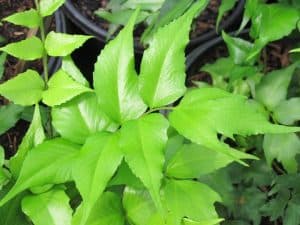
Japanese holly ferns reach about 8 to 10 inches in height and spread about 6 inches. They are slow-growing, so it takes two to three years for them to fill out a 3-gallon pot. The most important aspect of care is keeping their root zone moist at all times, as they are very sensitive to drying out.
Toxicity
Poisoning from the ingestion of holly fern has not been reported, although care should be taken with any non-edible plants.
USDA Hardiness Zones
Cyrtomium falcatum thrives best in USDA hardiness zones 7 through 10. In order to grow your plant, you’ll need a location that has partial shade and moist soil.
Pests and diseases
Japanese holly fern is susceptible to a few pests and diseases. Spider mites and scales can occasionally be found on infested plants. To eliminate these tiny pests, try spraying affected areas with a neem oil spray, soapy water, or insecticidal soap.
If your plant has scale issues, it’s time to remove it from your home and let it grow in an area with warmer temperatures away from potential reinfection.
In addition to insects, Cyrtomium falcatum is also prone to a disease called frond blight. Symptoms of frond blight include yellowing leaves that eventually turn brown and die off completely.
Conclusion
Japanese holly fern is a truly spectacular plant, and for most people, it’s not too difficult to grow. You can use it in rock gardens or even indoors. It requires little maintenance, which means you have plenty of time left over to enjoy its natural beauty.
These ferns are ideal for a variety of different uses, so they’re certainly worth considering if you’re looking for some shade and greenery in your life.
